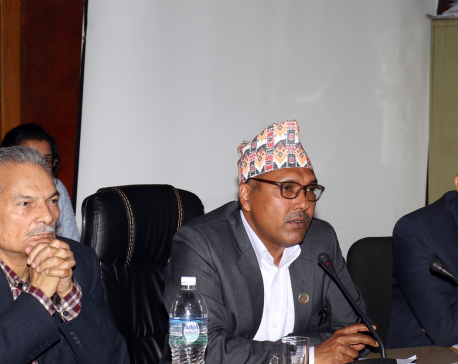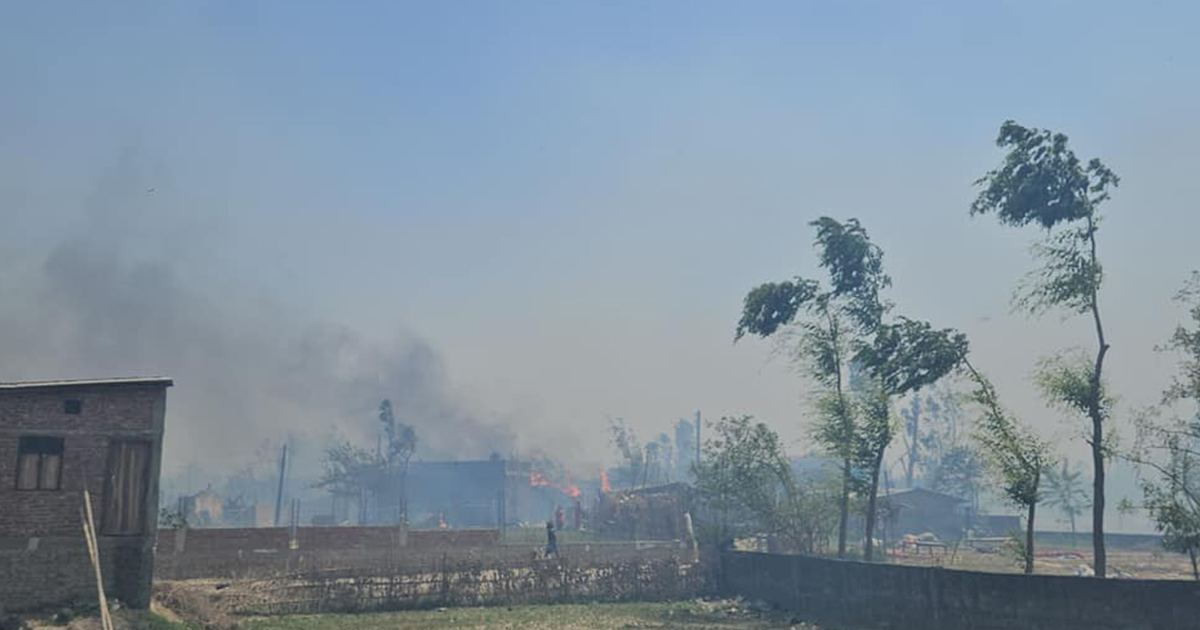
OR
Budgets of provincial governments
Two weeks after the federal government unveiled the budget for the upcoming fiscal year, provincial governments have brought budgets of Rs 259.57 billion for coming year. Finance ministers of seven provincial governments separately unveiled expenditure plans and sources of resources for such expenditures for their provinces. Out of the total budget, Rs 114.16 billion has been allocated under recurrent budget, while remaining Rs 145.41 billion has been earmarked for capital expenditures and financial management. Most of the expenditures are to be financed from the internal revenue, royalty and revenue shared from the central government, fiscal transfers and carry over savings from the current fiscal year. As this is the second budget of the provincial governments, general expectation was that these governments would correct the shortcomings of the first year and come up with innovative plans for expediting proper implementation of budget, especially with the plans to spend development budget on time and with effectiveness. Close look at the budget shows, provincial governments have not paid much attention to this critical need. As things stand, all provinces have struggled to implement their first budget. Total budget spending by the provinces averages below 25 percent even when the fiscal year-end is a month away. But despite poor track record of spending the budget of current fiscal year, budget size for the new fiscal year has been increased significantly to Rs 259.57 billion from Rs 204.26 billion of current fiscal year. The concern is how and whether these provinces will be able to spend this huge budget fairly and transparently.
Most of the provinces have prioritized agriculture, infrastructure and tourism and have given continuity to the projects and programs of current fiscal year. Nothing wrong with that. Likewise, some provinces have introduced new programs. Province 3, for example, has announced a plan to build Pushpa Lal Provincial Ring Road and Post Bahadur Bogati Tunnel Way as provincial pride projects. However, in flagrant disregard to public criticism of the system of allocating budget to the lawmakers, the provinces have continued the flawed system. Province 2 will provide Rs 30 million to directly elected provincial assembly members to implement development works in their constituencies. It is to provide Rs 10 million even to provincial members elected under the proportional representation system. Province 1, 3, and Sudur Paschim province have followed the same pattern. Karnali province and Province 1 are providing 20 million to each lawmaker. Only Gandaki province and Province 5 have tried to be different in this regard, with Gandaki province allocating only 1.2 million to each lawmaker and Province 5 allocating six million rupees to each lawmaker. Only if the provincial governments had discontinued this system of allocating money to lawmakers—which has proved to be inefficient and which has often resulted in corruption—it would set a new precedent. Only if other provinces had followed the examples of Province 5 and Gandaki province, it would set a different example in provincial budgeting system.
Provincial governments could come up with innovative programs, rather than focusing on distributive patterns. These shortcomings aside, success of provincial budgeting system will again be tested on their capacity to spend it fairly and transparently. At a time question on efficacy of federal system is being raised, the onus lies on provincial governments to effectively utilize their budgets for the development and welfare of people of their respective provinces.
You May Like This

Province 2 secures second win, Province 6 defeats Province 3
KATHMANDU, April 29: Province 2 has won two consecutive matches in the ongoing first Manmohan Memorial Inter-province U-16 Cricket Tournament, defeating... Read More...

Budget enough to upgrade road sections: Dr Khatiwada
KATHMANDU, June 15: Minister for Finance Dr Yuba Raj Khatiwada has said there was adequate budget allocated for upgrading Ramche-Mulkharka... Read More...

Former PM Bhattarai terms country's budget allocation system as haphazard
KATHMANDU, April 8: Former Prime Minister Dr Baburam Bhattarai has said the system of distribution of budget in Nepal takes... Read More...





Just In
- World Malaria Day: Foreign returnees more susceptible to the vector-borne disease
- MoEST seeks EC’s help in identifying teachers linked to political parties
- 70 community and national forests affected by fire in Parbat till Wednesday
- NEPSE loses 3.24 points, while daily turnover inclines to Rs 2.36 billion
- Pak Embassy awards scholarships to 180 Nepali students
- President Paudel approves mobilization of army personnel for by-elections security
- Bhajang and Ilam by-elections: 69 polling stations classified as ‘highly sensitive’
- Karnali CM Kandel secures vote of confidence














Leave A Comment